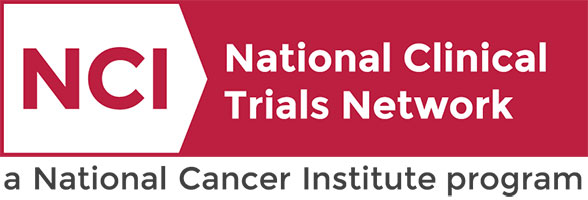Physician Search
 |
 |
| Consuelo Wilkins, MD, MSCI, Senior Vice President for Health Equity and Inclusive Excellence for Vanderbilt University Medical Center (VUMC) and Senior Associate Dean for Health Equity and Inclusive Excellence for Vanderbilt University School of Medicine, always knew she wanted to be a physician. "Health equity was built into everything I did, even if I didn’t know it or recognize it at the time," Wilkins said. "I have always learned and believed that people are the same — everyone deserves to be healthy, and everyone should have the best opportunities to take care of themselves and their families." Click below to learn more about health equity initiatives. https://momentum.vicc.org/2021/09/everyone-deserves-to-be-healthy/ |
Vanderbilt was the lead site for an NIH-funded, phase 2, multicenter influenza vaccine study in pediatric allogeneic hematopoietic stem cell transplant (HCT) recipients that may lead to a change in the current flu vaccine recommendations in this vulnerable population. Natasha Halasa, MD, MPH and colleagues recently published in the New England Journal of Medicine, that two doses of high-dose trivalent flu vaccine resulted in higher amounts of influenza-specific antibodies than two doses of standard dose quadrivalent vaccine. https://news.vumc.org/2023/03/02/high-dose-flu-vaccine-beneficial-for-pediatric-stem-cell-transplant-patients/ |
Mount Sinai Acute Graft-versus-Host Disease International Consortium (MAGIC): A Database and Biorepository
Miscellaneous
Miscellaneous
Miscellaneous
N/A
Kitko, Carrie
VICCPED1544
Survivorship in Patients Receiving Immune Checkpoint Inhibitors
Miscellaneous
Miscellaneous
Miscellaneous
N/A
Johnson, Douglas
VICCMEL15138
Suppression and Analysis of Ultrasonic Clutter During Liver Focal Lesion Biopsy
Liver
Liver
Liver
N/A
Byram, Brett
VICCGI15145
MRI-Ultrasound Fusion Targeted Prostate Biopsies - Quality Control & Performance Improvement
Prostate
Prostate
Prostate
N/A
Barocas, Daniel
VICCURO1680
Prospective Observational Trial of an Absorbable Hydrogel Spacer in Prostate Cancer Radiotherapy
Prostate
Prostate
Prostate
N/A
Kirschner, Austin
VICCURO16112
Chemotherapy Levels in the Blood of Patients with Retinoblastoma
Retinoblastoma (Pediatrics)
Retinoblastoma (Pediatrics)
Retinoblastoma (Pediatrics)
N/A
Daniels, Anthony
VICCREACH1792
Chemotherapy Levels in the Eyes of Patients with Retinoblastoma
Retinoblastoma (Pediatrics)
Retinoblastoma (Pediatrics)
Retinoblastoma (Pediatrics)
N/A
Daniels, Anthony
VICCREACH17106
Developing Evidence-Based Criteria for Initiating Treatment for Neurofibromatosis Type 1 Associated Optic Pathway Glioma
Multiple Cancer Types
Neuro-Oncology,
Pediatrics
N/A
Esbenshade, Adam
VICCPED17108
Optimization of Therapy Using Immune Effector Cells
Hematologic
Hematologic
Hematologic
N/A
Oluwole, Olalekan
VICCCTT1834




